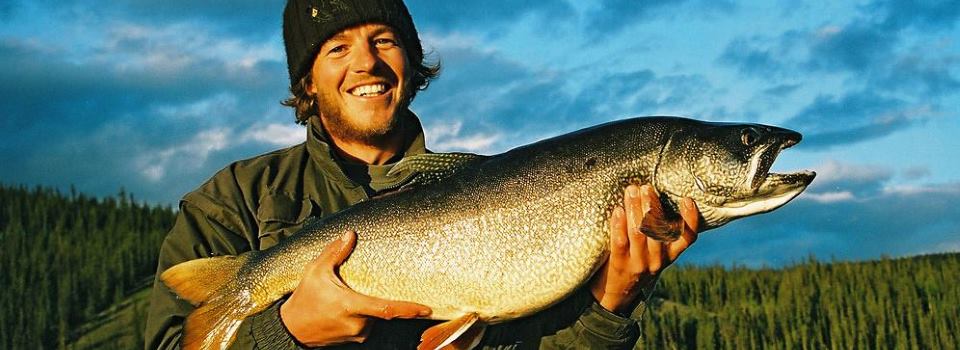Hey Folks,
I was recently asked by one of my clients how to handle large trophy fish. I would love to hear your ideas and tips regarding this subject.
Here is how I responded:
Hey Joseph,
I am happy you asked this question as it is a subject that gets missed sometimes.
If you catch a trophy fish it must be handled very carefully and professionally. Remove the hook while the fish is still in the water if at all possible. The amount of time the fish should be out of the water is about the same amount of time that you can hold your breath. If the fish is hooked deeply, it is better to cut the line or leader than it is to destroy the fish by exposing it to air too long or by damaging its gills.
Before you remove the fish make sure that all is prepared. Camera must be ready and the measuring tape on the side of the boat must be clear. Hold the fish firmly around the base of the tail with one hand and support it under the front fins with the other hand. I have attached this photo featuring yours truly as an example.
Take a good photo for colouration and measure the fish length and gently measure its girth. Quickly return the fish to the water unharmed. If necessary maintain your grip around the tail and slowly move the fish back and forth in the water to move water over its gills and revive it. Do this until the fish swims away on its own.
Keep your picture and measurements to give to your taxidermist for reproduction. Fiberglass replicas are far superior to skin mounts. They last forever and do not lose their coloration. Any taxidermist who tells you otherwise is behind the times.
If you use this method everyone wins. You win because you end up contributing to a continually good fish stock, I win for the same reasons, and the fish wins because it doesn’t die J.
A large Lake Trout contributes around 30,000 eggs to the ecosystem every time it spawns. Pessimistically 1% of these eggs hatch and survive to spawning age. If you return a large spawner you are returning around 300 fish to the lake for every year that the fish continues to spawn.
The fact that these fish have grown to the size that they are proves that they have the tools to survive in this very specific environment. Offspring from these fish have a greater chance of survival and will continue to produce superior fish due to the evolutionary process.
One other thing to keep in mind….
If you catch a fish in deep water(which is unlikely this time of year) take extra time in bringing them up. Fish need time to de-pressurize like deep sea scuba divers do. If they are brought up too rapidly they will bloat and explode.
Hope this helps Joe. Thanks for giving a damn!
Sincerely,
Bernard




Find us on